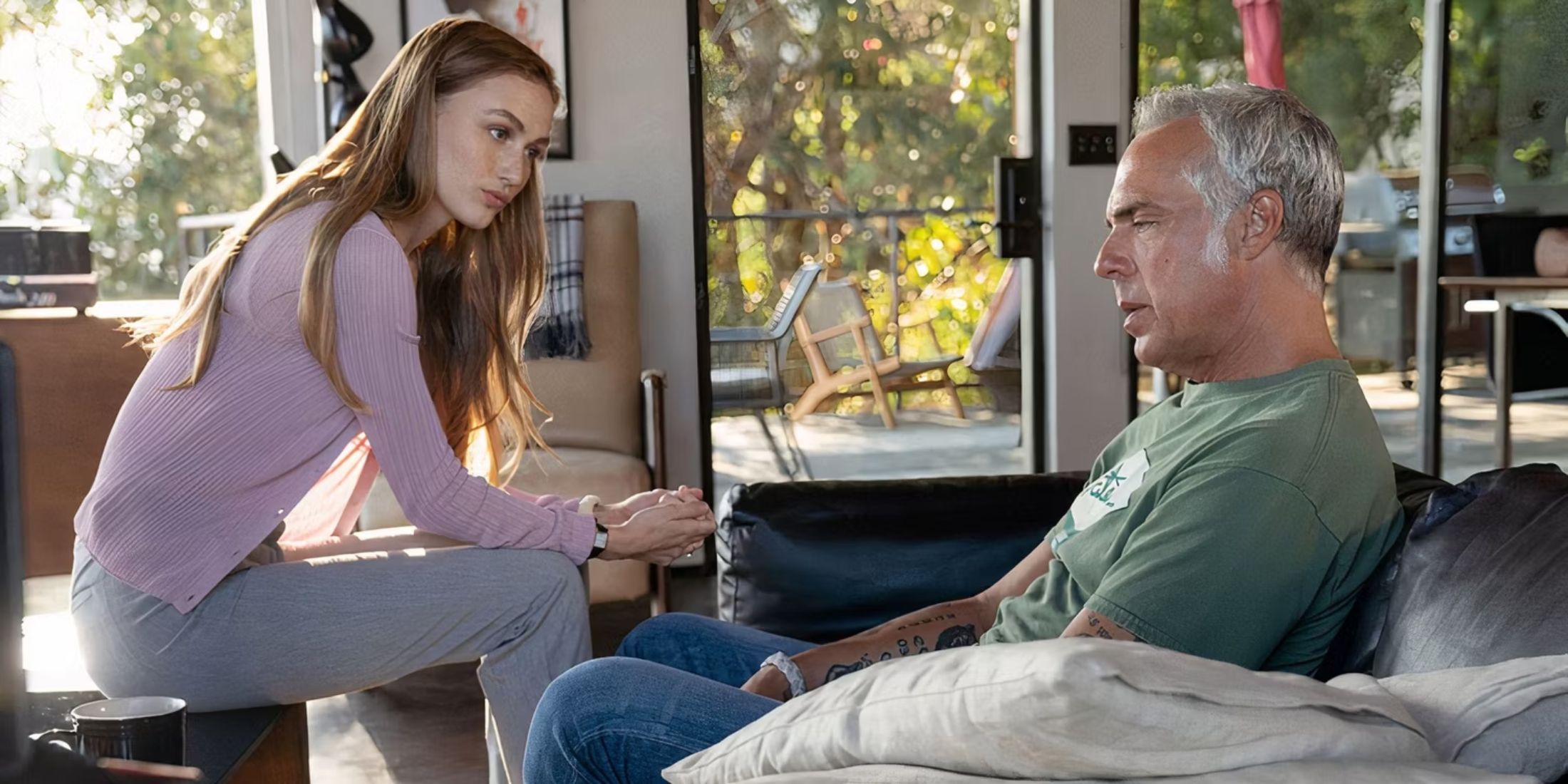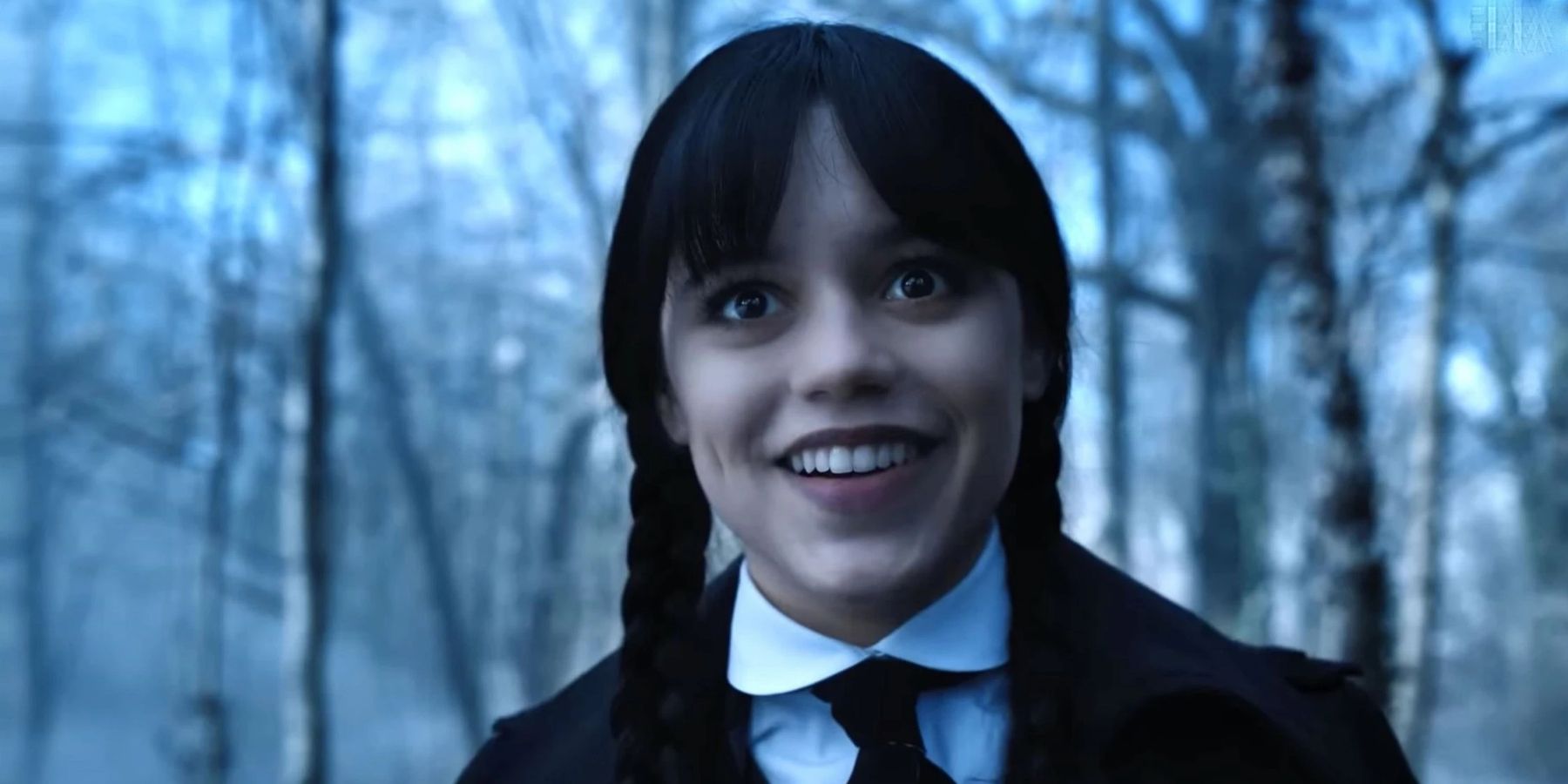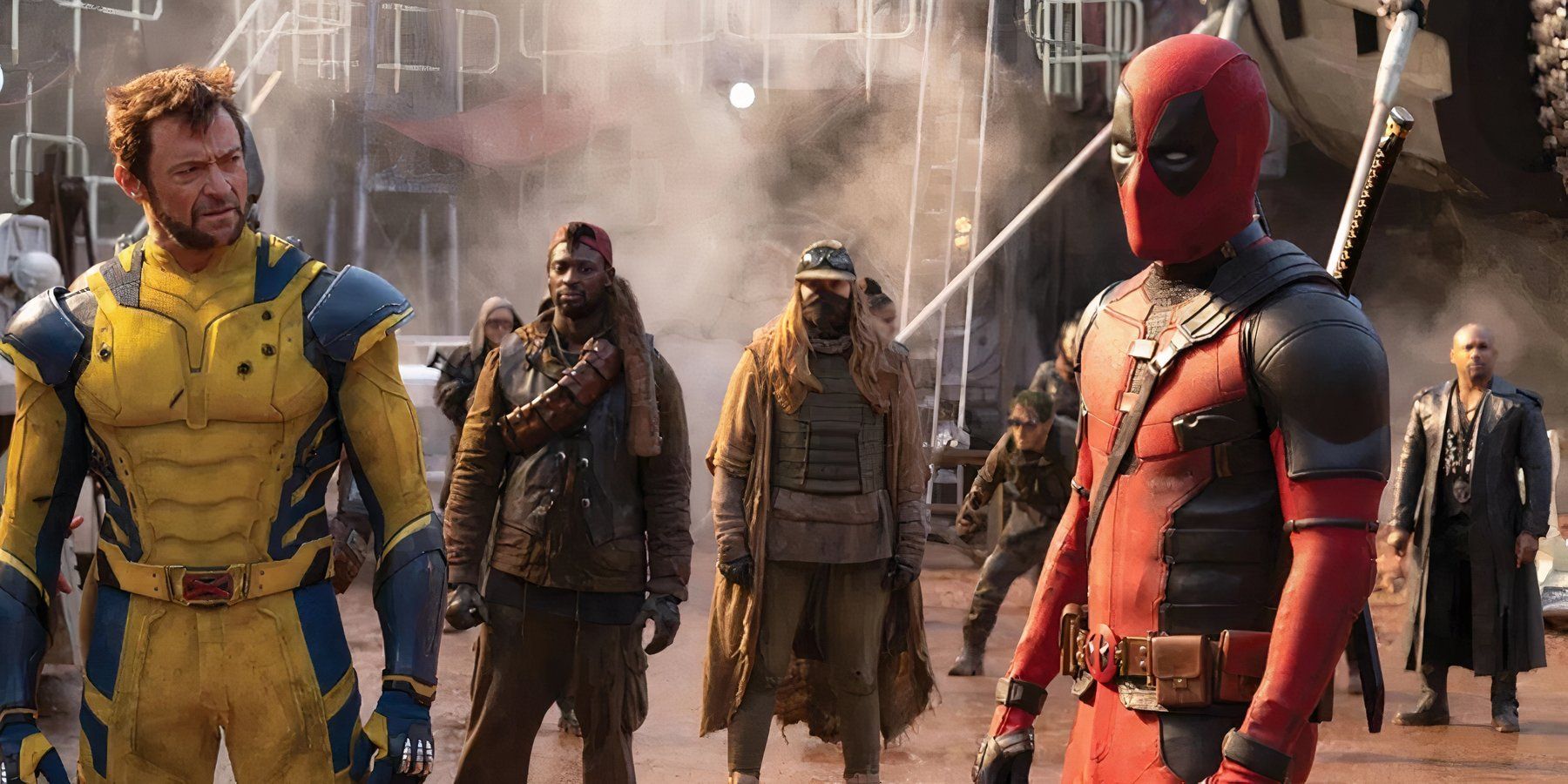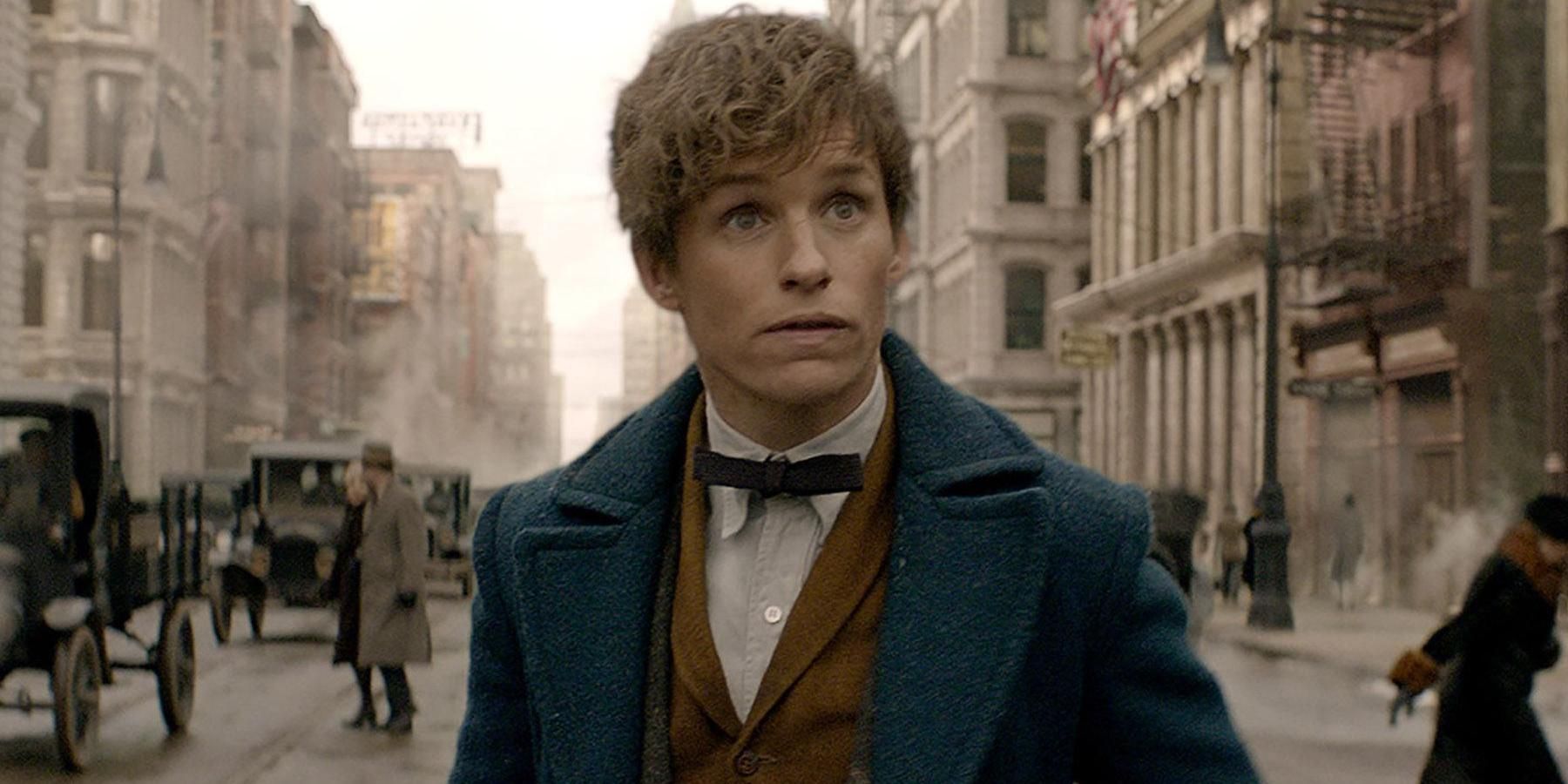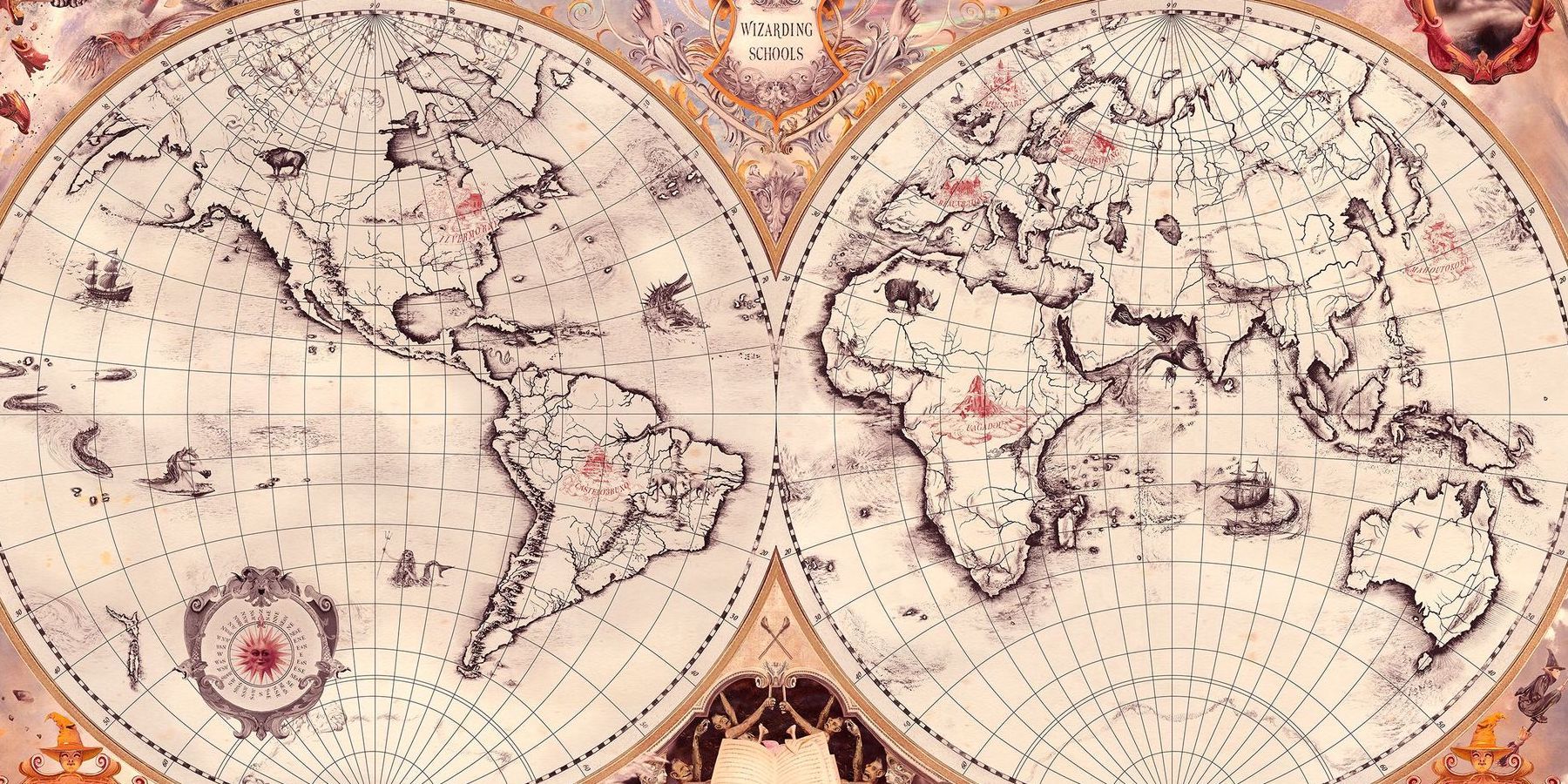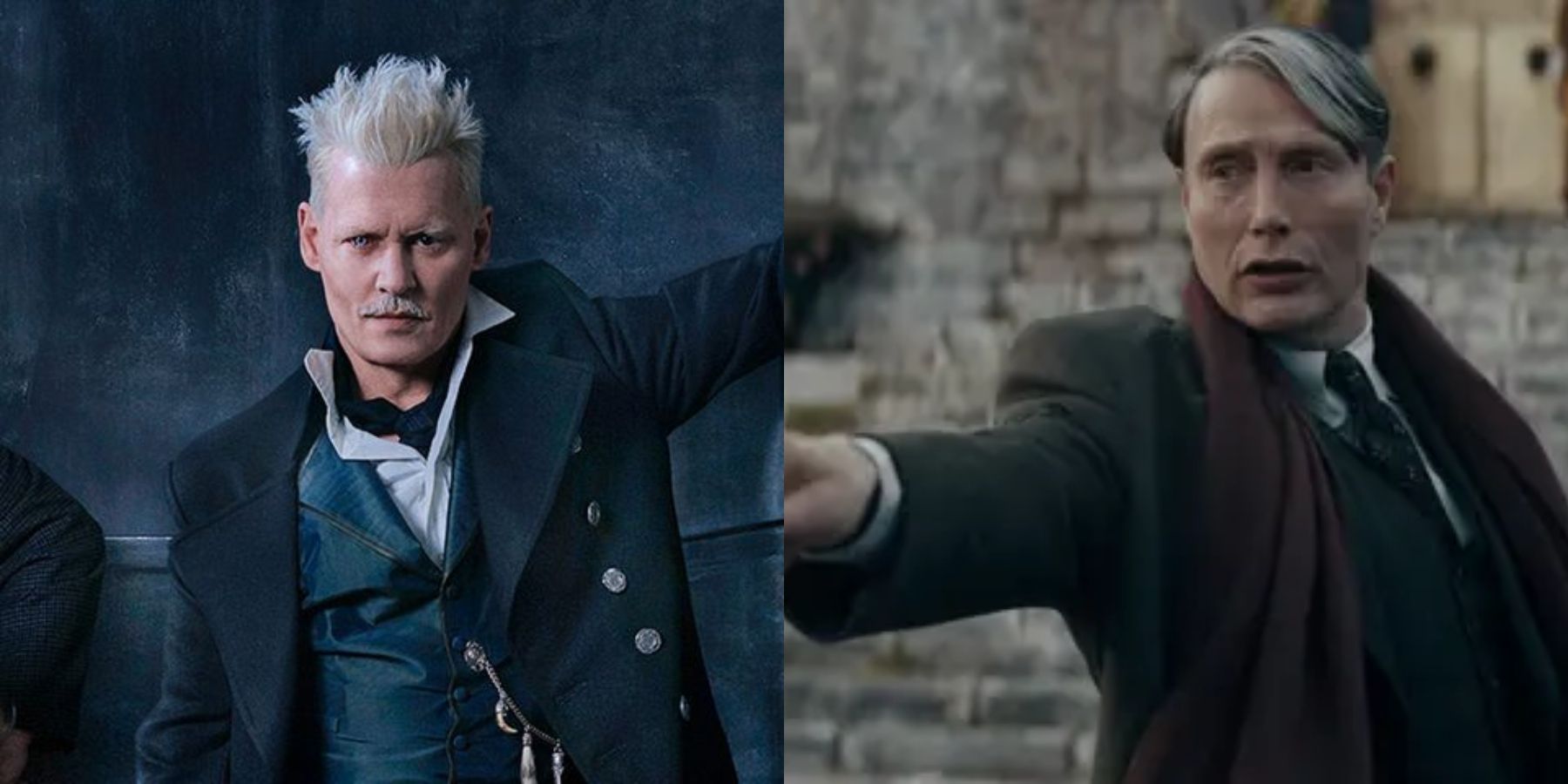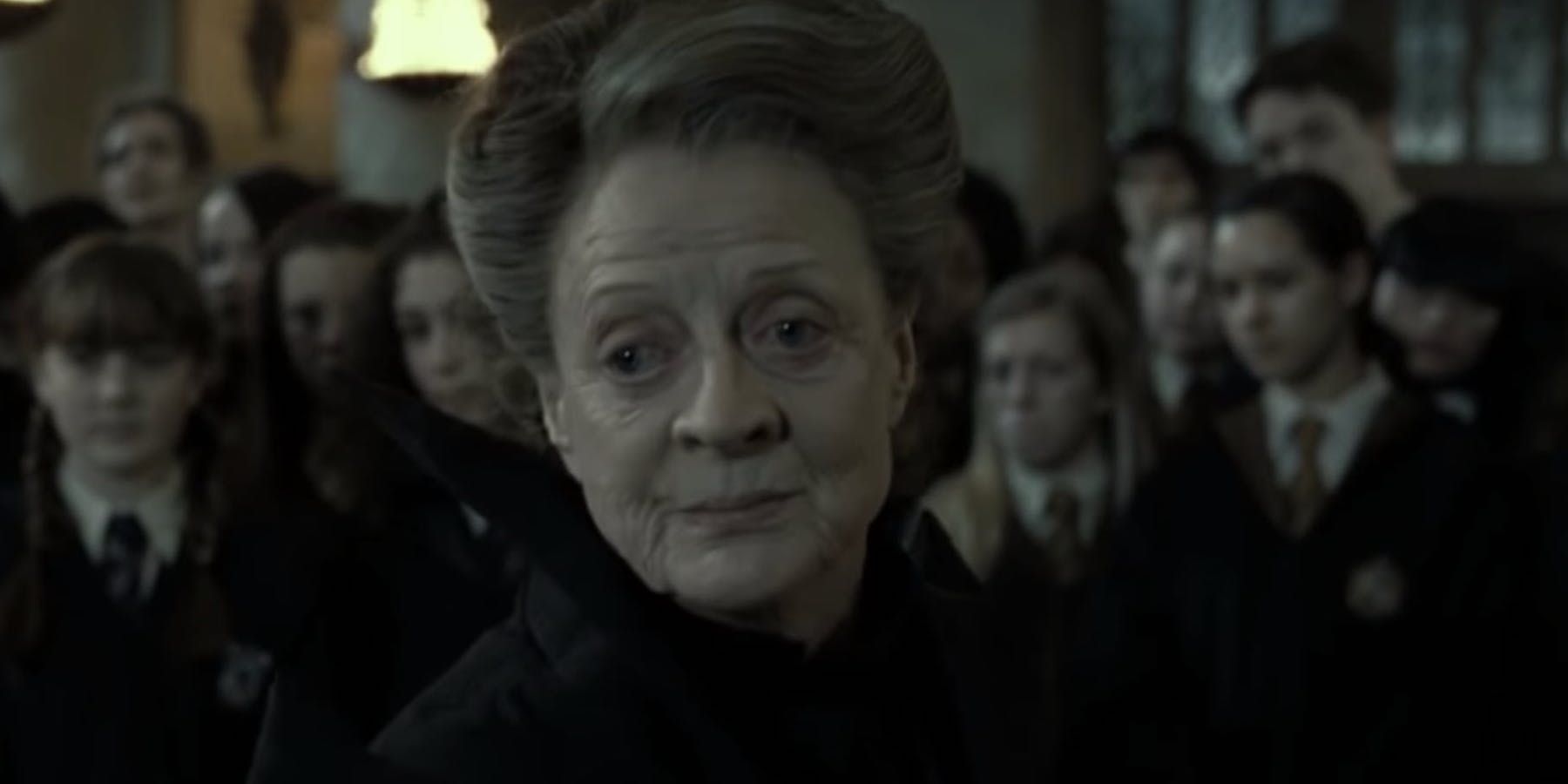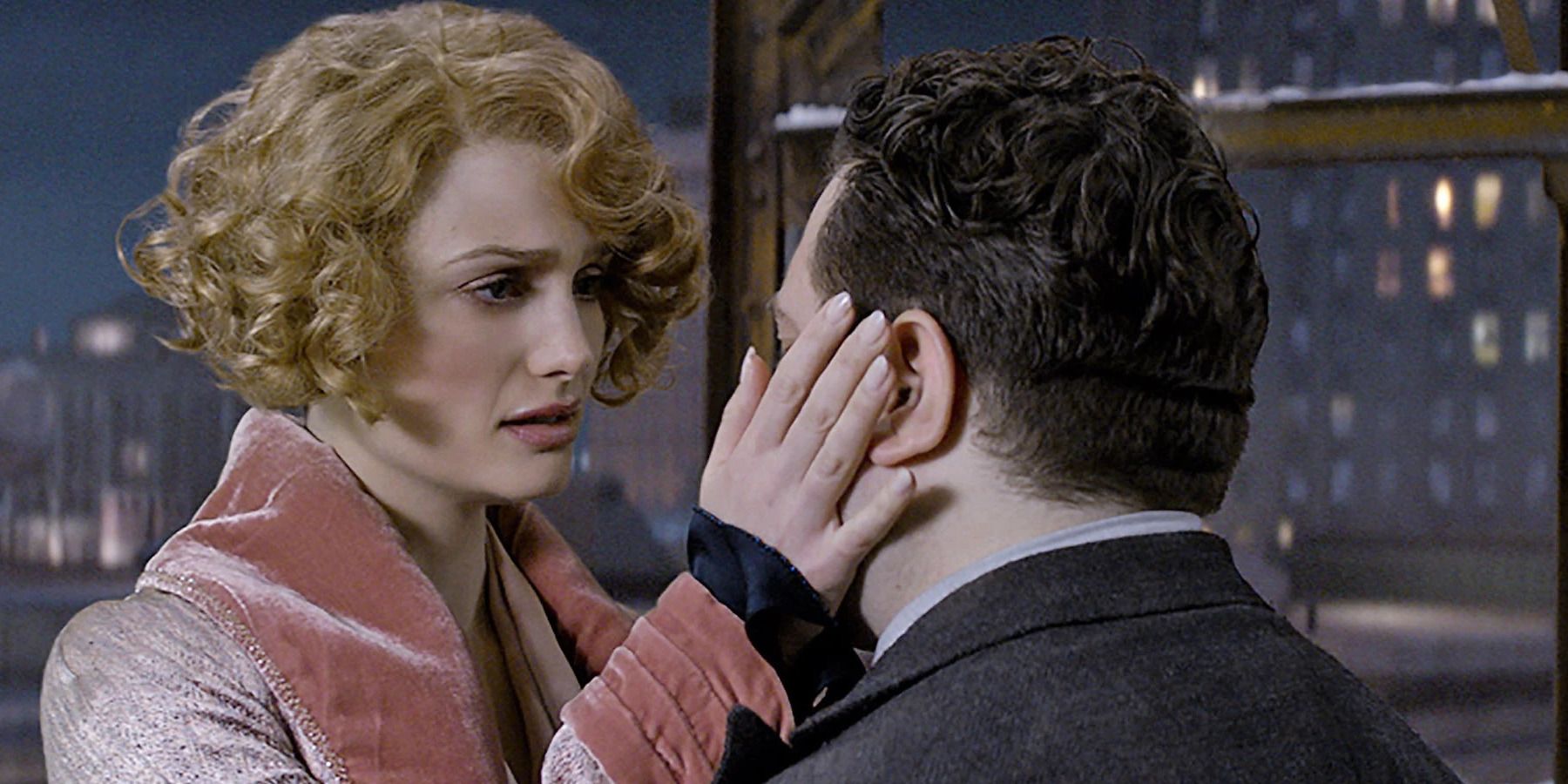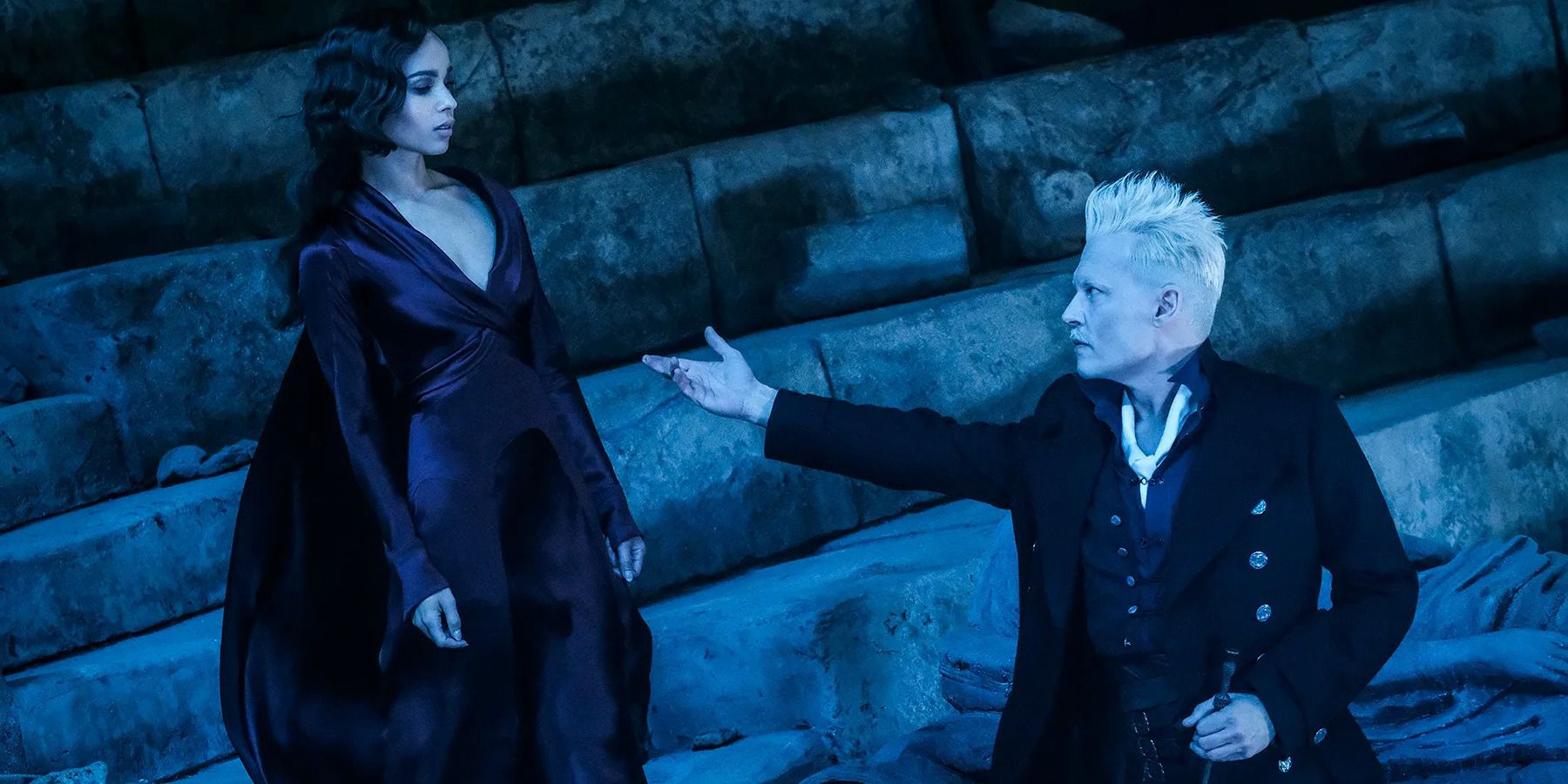Recent comments by Warner Bros. Discovery CEO David Zaslav appear to indicate that the Fantastic Beasts franchise isn’t moving forward. During a Q3 earnings call, he stated that his goal was to focus more on franchises like Harry Potter and Superman, implying that these franchises do not have any movies in the pipeline. This, combined with the poor performance of Fantastic Beasts: The Secrets of Dumbledore, would suggest that Fantastic Beasts 4 & 5 have been scrapped.
With this in mind, it’s time to take a look back at the franchise and see where it went wrong. While Harry Potter was a global phenomenon, Fantastic Beasts never attained the same level of popularity as its predecessor, despite Warner Bros.’ faith in the project. Obviously, the success or failure of a film is due to compounding factors, and can’t easily be explained, so the scope of this article will be limited to just five basic reasons.
Bad Worldbuilding (Harry Potter wasn’t designed to go global)
Harry Potter had a simple premise. Set in a magical boarding school, author JK Rowling only ever explored smaller sections of the wider Wizarding World. Fans saw glimpses of Beauxbatons and Durmstrange during Harry Potter and the Goblet of Fire, and got to see select locations across Wizarding Britain, but the scope was relatively narrow.
This worked when the series was centered around Harry Potter, but the Wizarding World doesn’t really lend itself to cohesive worldbuilding. Rowling has famously said that math is beyond her (for instance, Hogwarts is supposed to have 1,000 students, but if one does the math based on Harry’s class size, only 280 students could possibly be attending), and it’s clear from the films that Rowling does not necessarily do her research when it comes to other cultures.
The central conceit of Fantastic Beasts was being able to see the wider world and its history. Unfortunately, it felt half-baked and just wasn’t as compelling as it could have been. Native American practices were appropriated to provide some exotic “magic”, while American history was largely ignored. Meanwhile, Rowling provided fans with more information about the schooling system of the Wizarding World, which includes a grand total of one school for the entirety of South America, one for Africa, and one for east Asia. And all of these schools were based on the British boarding school model. It made the world feel smaller, rather than larger.
Behind the Scenes Drama
The franchise also had no shortage of drama behind the scenes. The first film ends with the revelation that Gellert Grindelwald was hiding in plain sight as the auror Perceval Graves (played by Colin Farrell). After his identity is revealed, Farrell’s portrayal gives way to a portrayal by Johnny Depp. Many felt more connected with Farrell’s portrayal, however. The Johnny Depp and Amber Heard fiasco led the studio to recast Depp regardless, this time with Mads Mikkelsen. The main villain of the franchise was never played by a consistent actor.
And then there’s the case of Ezra Miller. Miller has been in the news lately for many alleged brushes with the law and even alleged grooming of minors. Their behavior eventually culminated in them seeking help, but many view this as an attempt at career rehabilitation. Miller played Credence Barebone, later revealed to be Aurelius Dumbledore, son of Albus’ (Jude Law) brother Aberforth (Richard Coyle). Following this massive revelation, Aurelius is promptly killed off, which some have speculated being a result of Miller’s erratic behavior.
Lastly, there’s the case of Rowling herself. Numerous people have called her out for transphobia, and even Harry Potter star Daniel Radcliffe publicly spoke out and said he disagreed with her views. The fanbase for Harry Potter is solidly pro-LGBT+, however, and more than a few fans called for a boycott of Rowling’s works. It resulted in an alienation of the core fanbase, which meant a reduced box office for the films.
A Sluggish Timeline/Pacing
In the grand scheme of things, this wasn’t the biggest issue the Fantastic Beasts franchise had to deal with. But it did struggle with pacing itself out. The first film, Fantastic Beasts and Where to Find Them, begins in 1926. Its sequel picks up just a few months later in 1927. The final film is in 1932.
This doesn’t seem like an issue, but the stated goal of the franchise was to show audiences the previously mentioned, but unseen battle between Dumbledore and Grindelwald. This battle occurs in 1945. The next two films would have had to have had massive time jumps in order to reach this conclusion, and would have meant the characters would have stayed stagnant for huge chunks of time, or would have gone through many changes off-screen, confusing audiences and alienating the characters from the viewers.
Wasted Character Potential
No character embodies the franchise’s character inconsistencies more than Queenie Goldstein (Alison Sudol). She begins the series as a sweet, slightly odd woman who can read minds. Her mind reading puts her at odds with her love interest, Jacob Kowalski (Dan Fogler), because she struggles to turn the ability off at times. As a no-maj, Jacob is unnerved by this.
By Fantastic Beasts: The Crimes of Grindelwald, she’s turned Jacob into a brainwashed man with no free will. Because it’s illegal for no-majs to date or consort with wizards, Jacob wanted to keep his distance, so Queenie doesn’t get in trouble. Rather than talk about this, she violates his consent in a big way. Later on, she joins Grindelwald in order to make the world a better place. Not only is it a big leap from where she was in the first film, Grindelwald explicitly wants to make no-majs into slaves for the wizards, defeating the purpose of Queenie’s change entirely. And it’s implied that Grindelwald goes on to work with the Nazis, while Queenie is one of the few Jewish characters in the series. The issue of Jacob’s consent being violated isn’t ever fully addressed, either, and the two marry in the third installment.
There is also the case of Professor McGonagall. In an attempt at fan service, Professor McGonagall (played here by Fiona Glascott) appears in as a cameo that’s nonsensical. Not only does she not do anything of note in the series, she’s apparently made much older than her original description.
Bad Politics
Grindelwald is undoubtedly the bad guy. However, the second film attempts to give him a sympathetic reason for enslaving non-magical humans: he wants to avert the danger they will wreak on the planet after having visions of nuclear bombs and World War II.
This leaves the audience in an uncomfortable spot: the villain they’re supposed to be rooting for is trying to stop one of the greatest tragedies in human history. It was an actual event that claimed millions of lives, and the heroes don’t seem to care that it’s on the horizon (in fact one of their reasons for beating Grindelwald is to keep wizards a secret rather than wanting to help no-majs, which is just an ancillary goal).
It gets even worse when the implication that Grindelwald helped the Nazis comes into the picture. Now, Dumbledore’s supposed love interest (and the gay representation Rowling promised) is a metaphorical, fantasy version of Hitler. It all becomes very uncomfortable very quickly once that fact is realized.
Ultimately, there were a lot of missteps with the Fantastic Beasts franchise. Sure, there were some interesting sequences and characters in it, but it’s clear that several of its decisions turned off its targeted demographic. If Zaslav is keen to work with Rowling again, as he’s said before, then perhaps there should be a bit more care put into the installment.

